
|
|
|
|
|
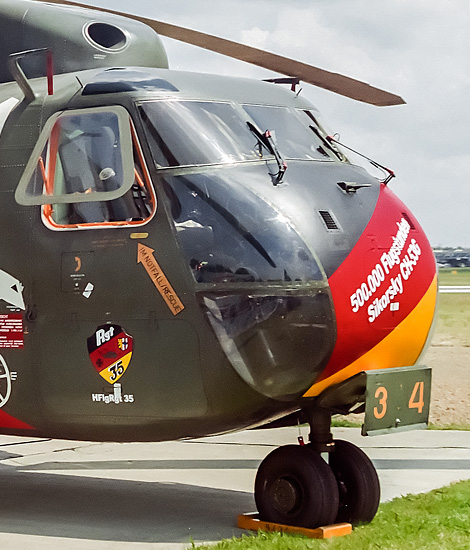
|
The Agusta A109BA Hirundo; Liege-Bierset, June 2, 2000
The Belgian Army Heli Days 2000; Text and Photograph's by Alex van Noye
The most important helicopter in the Belgian arsenal of the army air fleet is the Agusta A109 Hirundo. In total, the Belgian Army has 46 of these helicopters in the anti-tank role and in the reconnaissance role. The helicopters are stationed at Bierset Air Base, south of the city of Liège in Wallonia in northeastern Belgium.
The Agusta A109 is a lightweight multifunctional helicopter with two engines and can accommodate eight people. The helicopter was built by the Italian manufacturer Agusta. The original design of the A109 flew for the first time in 1976 and has been developed in various versions. In the late 1960s, Agusta originally designed the A109 as a single-engine commercial helicopter. Soon, however, it became clear that a design with two engines was needed, so the helicopter was redesigned in 1969 with two Allison 250-C14 turboshaft engines. A possible military version (the A109B) was considered at an early stage, but Agusta initially did not opt for immediate development here. The company focused on the A109C version with eight seats. The first of three prototypes made its first flight on August 4, 1971. The test phase of the A109 was extended, partly due to the discovery of dynamic instability. It took more than a year before these problems were resolved with a modified transmission design. This problem led to the first production model being completed almost four years later in April 1975. On June 1, 1975, the A109 certification was received from the Federal Aviation Administration (FAA). In 1976, deliveries of A109's first production began to customers. Advantages compared with the then-market-leading Bell 206 were the superior speed, double-engine redundancy and the larger capacity of the A109.
In 1975, Agusta returned to the possibility of a military version again. A series of tests were conducted between 1976 and 1977. For these tests, a total of five A109As were equipped with the TOW missiles built by Hughes Aircraft. Two military versions emerged from this program. The first version was intended for light attack actions and for support missions and the other for activities on board of a ship. In addition to the military model, the civilian model was also redesigned and many improvements were implemented compared to the original production model. In 1981, an A109A Mk2 with a widened cabin was made available for customers. In 1993, the A109K2 was
|
|
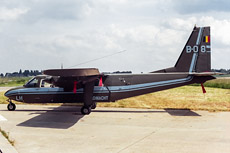
|
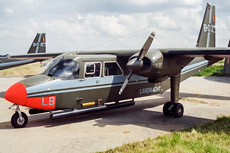
|
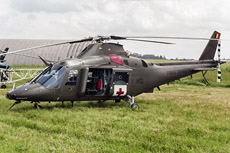
|
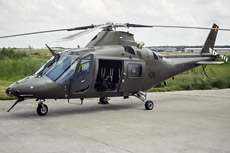
|
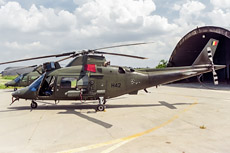
|
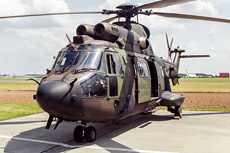
|
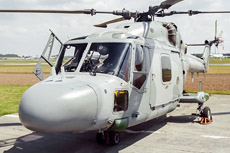
|
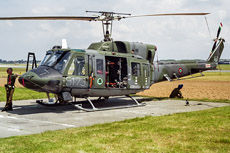
|
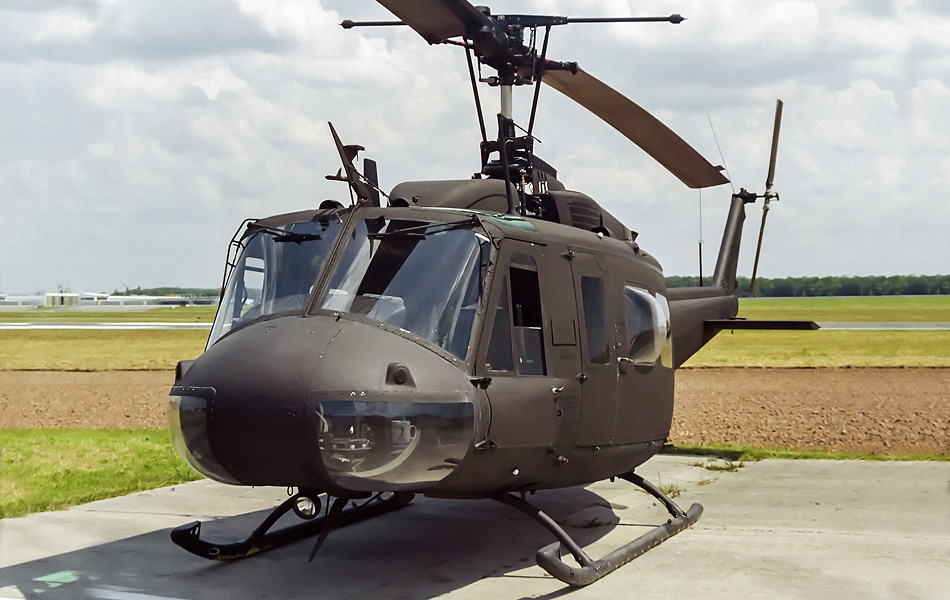
|
introduced with a new engine in the form of a pair of Turbomeca Arriel 1K1 engines. With these engines the A109 had much more power than before. Especially the military design of the A109, which was initially not on the program, turned out to be a huge success. There followed many military customers who found a small and cheap helicopter in the A109 which could be used flexibly and versatile in many places. The major initial customers who purchased the military version of the A109, were; the Italian Army, the Belgian Army, the South African Air Force, REGA (the Swiss Rescue Service) and the Royal New Zealand Air Force. Later There would be many more customers who would purchase the A109.
Around the purchase of the Agusta A109 helicopters, a bribery scandal has taken place in Belgium in the past. The "Agusta Scandal" was a Belgian criminal case about corruption in the purchase of Agusta A109 combat helicopters from the Italian company Agusta by the Air Component of Defense in 1988. The investigation of this case led to the resignation of several prominent politicians. In January 1994, the Senate approved the abolition of the parliamentary immunity of Guy Spitaels and Guy Mathot, both of whom were ministers for the PS in the Walloon government. On January 21, 1994, both ministers were forced to resign. Frank Vandenbroucke was at the time Minister of Foreign Affairs in the federal government and resigned after it appeared that he had instructed to set the bribery money on fire in March 1994. Willy Claes resigned his position as Secretary General of NATO on October 20, 1995. As Minister of Economic Affairs, he was directly involved in the choice for Agusta. Guy Coëme was Minister of National Defense at the time of the bribery and deputy prime minister in 1994. He had opted for Agusta against the advice of the Belgian Army. The case was handled by the Court of Cassation, which was responsible for criminal cases in which ministers in office are involved. The Court sentenced the main stakeholders on December 23, 1998. Willy Claes received three years in prison conditionally and five years of prohibition to exercise a public function. Guy Coëme and Guy Spitaels were sentenced to two years in prison conditionally and also five years prohibition to perform a public function. Because of this scandal, the A109 was irrevocably referred to as the "Claeskopter" in Belgium.
The main helicopter in Belgian service is of the type A109BA. This version of the A109 is an A109A version which has been specially developed for the Belgian Army. The letter "B" is the designation A109BA stands for Belgium. Between 1992 and 1994 the Belgian Army finally received the 46 A-109BA helicopters. Of these helicopters, 28 were fitted in the antitank roll and 18 helicopters were equipped as reconnaissance helicopters. The anti-tank version of the A109 are equipped with pods that carry HOT anti-tank missiles. The holders for these missiles are mounted with brackets on the side of the helicopter. The helicopter can carry two missiles on both sides. The reconnaissance helicopters can be equipped with cannons which are mounted in the sliding doors. The helicopter is capable of transporting small groups of soldiers who can be deployed for specific actions in tactical missions. The reconnaissance helicopters can be converted into the MEDEVAC variant for medical evacuations. The sliding doors of the helicopters are then replaced by sliding doors with bulges. The stretcher can then be loaded into the helicopter in width. The A109s of the Belgian Army are all stationed at Bierset Air Base. The helicopters fly there at the 17th and 18th Escadrille of the light aircraft of the Belgian Army. In addition to the standard models of the A109, the Belgian helicopters are equipped with systems, such as; 2 Control Display Units (CDU), radio altimeter, encoder altimeter, IFF, TAS, HELITOW, HELIOS/FLIR, sight line indicator and a dual axis autopilot.
|
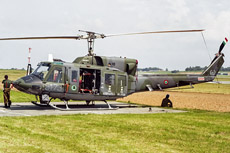
|
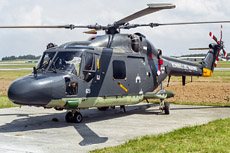
|
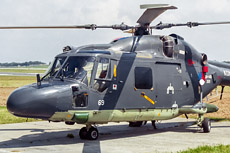
|
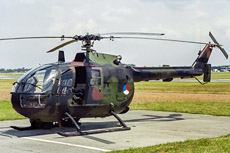
|
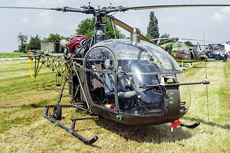
|
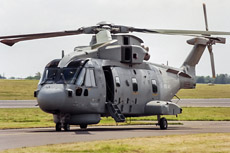
|
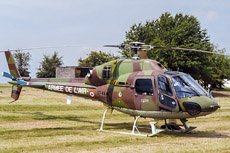
|
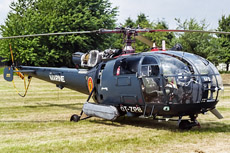
|
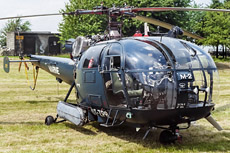
|
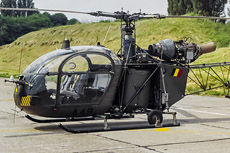
|
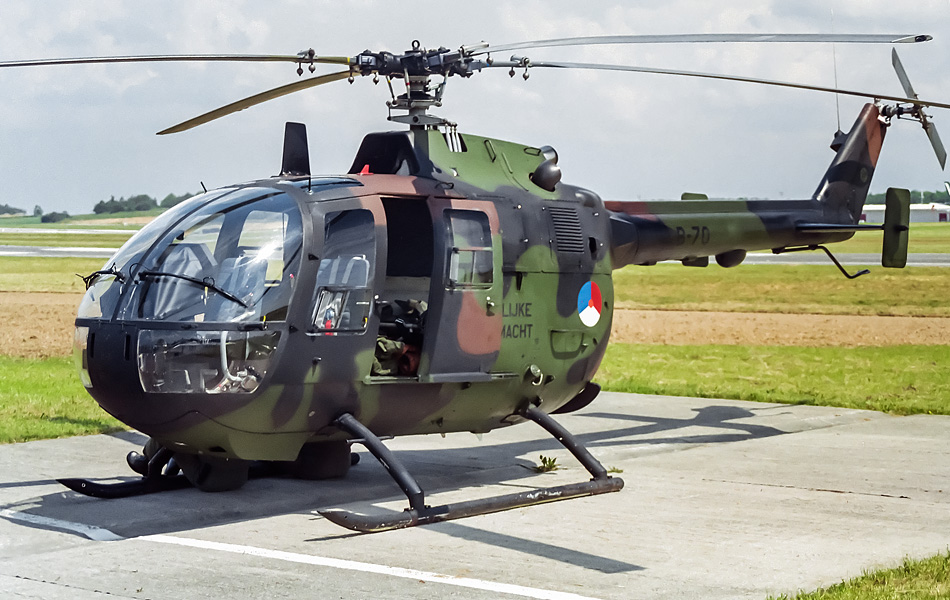
|
|
|

|







